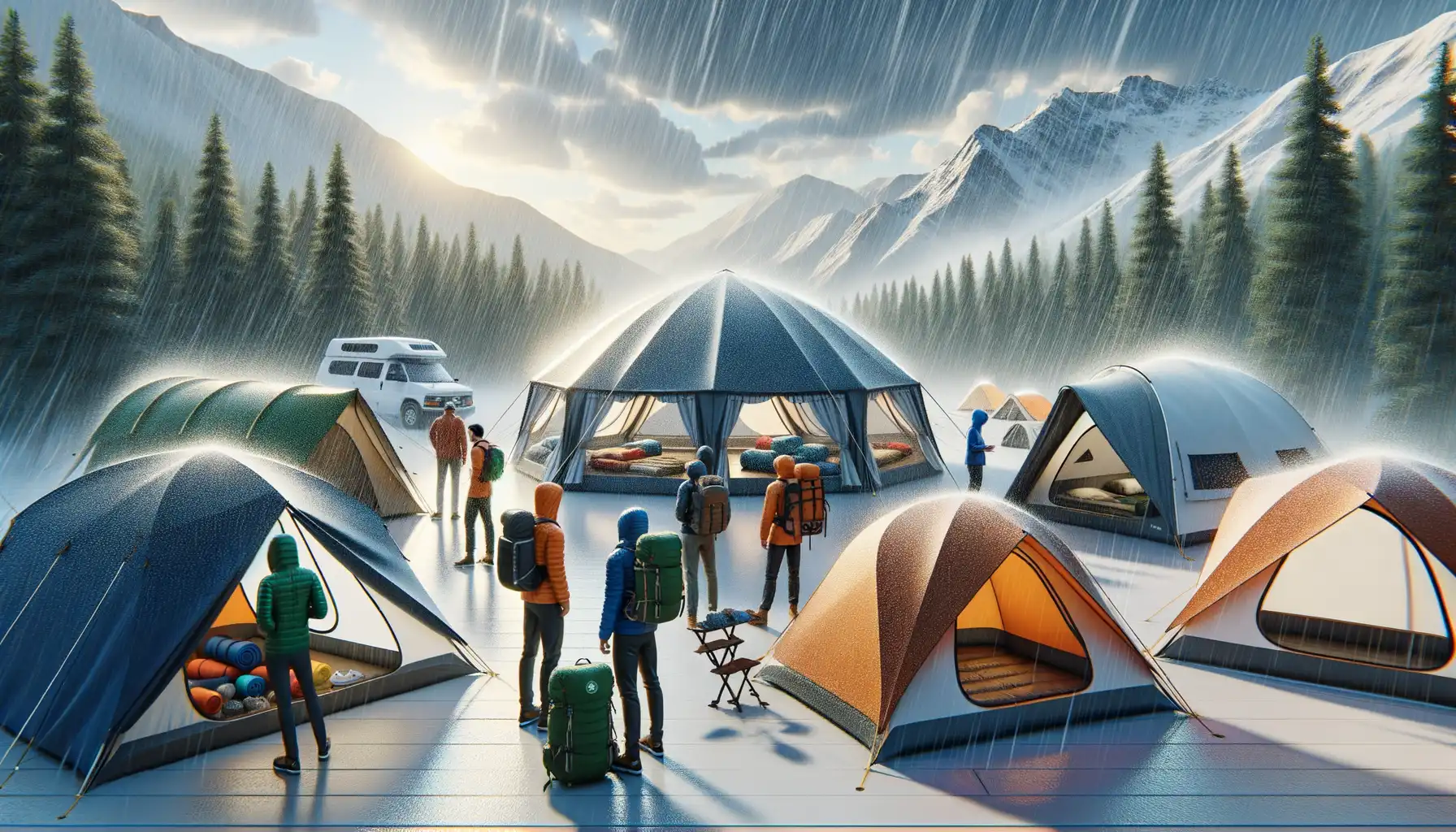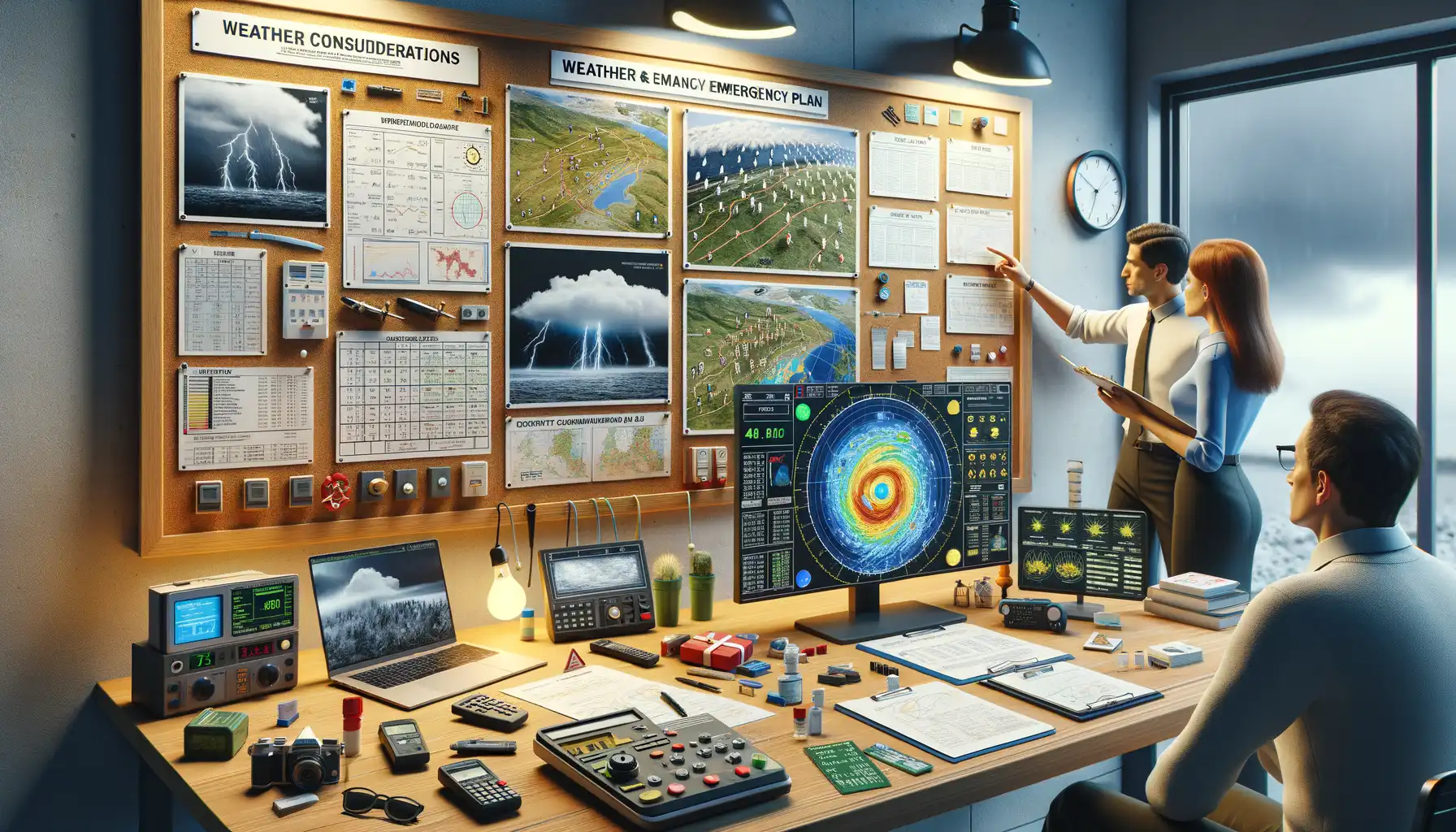Preparation and Site Assessment
Surveying Your Event Space Like a Pro
Before you even think about pitching that first tent pole, take a moment to breathe in the surroundings. The site you choose can make or break your setup—and your guests’ experience. Is the ground firm, level, and free of obstacles? Or are you standing on a lumpy patch of uncertainty? Uneven terrain might look harmless, but it’s a sneaky trip hazard waiting to happen.
Now, take a sensory tour of the space. Feel the breeze. Are there strong gusts signaling high winds? Keep an eye out for overhead dangers like low-hanging branches or electrical wires. And don’t forget about the ground—hidden tree roots and sprinkler heads are not your friends here.
For added peace of mind, make a quick checklist:
- Is the ground clear of debris, glass, or nails?
- Does the site have proper drainage in case of surprise storms?
- Will the location be accessible for both setup and teardown?
Map Out Your Vision
When you’re setting up tents, it’s not just about where—they’ve got to fit the flow. Picture how people will move through the area. Will there be enough room for pathways or emergency exits? Maybe you’re hosting a wedding reception and need space for dancing feet. Whatever your vision, remember that comfort and safety go hand in hand.
For instance, placing a tent too close to a firepit is a recipe for disaster. And let’s not overlook power sources—running cords across a crowded venue can turn into a game of “trip or treat” if you’re not careful. The goal here is to create a layout that feels more wow-worthy than worrisome.
Tent Selection and Structural Integrity

Finding the Perfect Fit for Your Event
Selecting the right tent isn’t just a box to check—it’s the backbone of your event’s safety and comfort. Picture this: the wrong tent can buckle under a gust of wind or sag during a downpour, leaving your guests scrambling. To avoid these nightmares, focus on two essentials: size and design.
Whether you’re hosting an intimate backyard party or a sprawling festival, the tent must match your needs. Think of it as choosing shoes—you wouldn’t run a marathon in flip-flops, right? For cramped spaces or tricky terrains, opt for compact frame tents. Spacious open fields? A majestic pole tent might be your winner. Just make sure there’s room for both guests and equipment—it’s better to have extra breathing room than to feel like sardines in a can.
- Material quality matters: Lightweight fabrics are tempting, but prioritize durability over convenience.
- Support frames: Aluminum is sturdy yet portable; steel sacrifices weight for rock-solid endurance.
The Unseen Armor: Tent Framework
The tent’s structure is like the unseen skeleton of the operation. Weak joints or flimsy poles can spell disaster. Look for reinforced connections, heavy-duty stitching, and weatherproof coatings. And don’t forget: while fancy gimmicks are nice, nothing beats solid craftsmanship when safety is on the line.
Proper Anchoring and Staking Techniques

Mastering the Art of Secure Stakes
Picture this: a gust of wind barrels through your campsite, and suddenly, your tent is playing an unplanned game of “lift-off.” Scary, right? That’s why mastering your anchoring technique is absolutely non-negotiable. The stakes (pun intended) are high when it comes to securing your shelter.
First, consider your terrain. Is it soft soil, rocky ground, or sandy beach? For soft soil, use longer stakes with a wider surface area for gripping power. In rocky terrain, invest in durable metal stakes or even screw-in anchors for better penetration. And sandy? Bring specialized stakes—long, flat ones that hold tight like your best friend in a trust fall.
Your secret weapon: angles. Always drive stakes into the ground at a 45-degree angle, pointing away from the tent. For added security, attach guylines tautly and adjust tensioners so they’re snug yet flexible.
- Bring a mallet, not just your shoe—precision matters.
- Double-check the direction your guylines pull, creating equal tension from all sides.
- And if the weather turns wild, double anchor key points using additional stakes or ropes.
Now you’re not just setting up a tent—you’re building a fortress against nature’s surprises.
Weather Considerations and Emergency Plans

Respect Mother Nature’s Mood Swings
Weather can be a gentle friend one moment and a roaring beast the next—it’s unpredictable. When setting up your tent, always check the local forecast well in advance, but don’t stop there. Weather patterns can shift faster than you can say “rainstorm.” Prep as if you’re gearing up for surprises. Here’s what to keep in mind:
- Wind awareness: Even a light gust can wreak havoc on unsecured structures. Use high-quality stakes and add weight, like sandbags, to anchor those tents down.
- Rain prep: A rainstorm isn’t just wet—it adds weight to your tent’s canopy. Check for proper water drainage slopes so you won’t wake up to sagging fabric.
- Heat concerns: In extreme sun, materials can warp, and people inside can overheat. Ventilation features are your MVP here.
Expect the Unexpected with Emergency Plans
Ever been caught off guard by a sudden downpour or lightning storm? Picture the chaos—and then eliminate it with a plan. Always have a designated evacuation route, ideally to a sturdy indoor shelter nearby. Equip the site with first aid kits, flashlights, and a communication device (yes, even a charged old-school walkie-talkie works). Trust me, that level of foresight is worth its weight in gold when things get wild.
Inspection, Maintenance, and Safety Checks

Meticulous Inspections for Lasting Safety
When it comes to tent safety, think of inspections as your trusty compass, guiding you toward security and peace of mind. Before a single guest steps foot under that canvas, every seam, pole, and stake should be under scrutiny. Are there tears in the fabric? Are the poles sturdy or showing signs of strain? A quick glance won’t cut it—get up close and personal with every inch of your tent.
Here’s where it gets critical: don’t forget the anchoring systems. Stakes and weights may look fine at first glance, but give them a tug. Is everything secure against sudden gusts or shifting ground? If something feels off, fix it now—your future self will thank you!
- Check for rust or wear on hardware components.
- Ensure zippers run smoothly without snagging.
- Test ropes for fraying or weakening under pressure.
Regular Maintenance: Your Tent’s Best Insurance
A well-loved tent is a safe tent. Give it the care it deserves! After each event, clean all components and store them properly to prevent unexpected deterioration. Dirt, grime, or even moisture left unchecked can weaken your setup over time. Treat your tent as a living, breathing ecosystem—nurture it to thrive. Whether it’s resealing waterproof coatings or replacing old stakes, a little TLC goes a long way.
And always, always schedule regular safety checks throughout long-term installations. It’s not just about protecting your structure—it’s about safeguarding the people within it.





